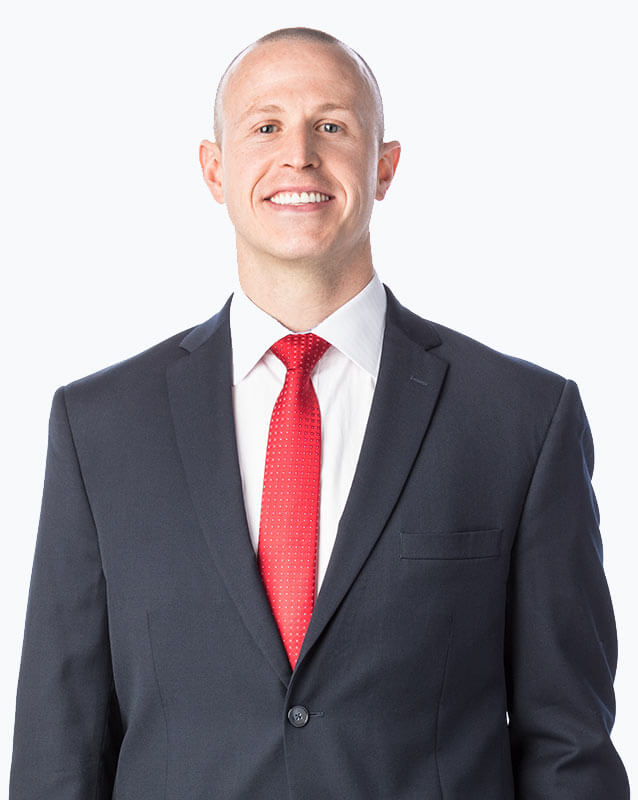04/25/2025
Tennis elbow and golfer’s elbow are two of the more common elbow tendinopathies, especially among athletes and individuals involved in repetitive arm motions. Both conditions can significantly impact your performance on the court, course or even everyday tasks, but understanding their causes and treatments is the first step toward recovery.
What Are Tennis Elbow and Golfer’s Elbow?
Tennis elbow, or lateral epicondylitis, occurs when the tendons and muscles of the forearm are overused, leading to pain and inflammation on the outer part of the elbow. Conversely, golfer’s elbow, medically known as medial epicondylitis, affects the inner part of the elbow for similar reasons, stemming from repetitive strain.
You don’t need to be a tennis player or golfer to experience these conditions. Any repetitive hand or wrist motions can lead to these injuries.
Symptoms to Look Out For
Tennis Elbow:
- Pain or burning on the outer elbow
- Weakened grip strength
- Discomfort when lifting or gripping objects
Golfer’s Elbow:
- Pain or tenderness on the inner elbow
- Stiffness in the joint
- Weakness in the hands or wrists
Causes and Contributing Factors
Both conditions can be caused by repetitive stress or overuse of the forearm tendons and muscles. Poor technique, improper equipment (e.g., an incorrectly gripped racket) or even sudden overexertion can also contribute to these conditions, making prevention strategies vital.
Treatment Options
Conservative treatments can often relieve pain and promote healing:
- Rest and modification of activities to reduce strain on the affected area
- Ice therapy to reduce inflammation
- Nonsteroidal anti-inflammatory drugs (NSAIDs) like ibuprofen or Voltaren gel for pain relief
- Physical therapy focusing on stretching and strengthening the forearm muscles
- Bracing of the wrist or elbow
For more severe or persistent cases, advanced treatments such as corticosteroid or platelet-rich plasma injections or surgery may be considered.
Prevention Tips
Reducing your risk of developing tennis or golfer’s elbow involves being intentional about your habits:
- Use proper form and technique in sports and repetitive tasks.
- Strengthen and stretch forearm muscles regularly.
- Take frequent breaks during repetitive activities.
- Invest in ergonomic tools and equipment.
Recovery Timeline
Mild cases often improve within a few weeks to months with proper care. However, more severe or chronic cases may require several months or even a year of treatment and activity modifications to fully heal.
Seeking Specialized Help
Tennis elbow and golfer’s elbow can hold athletes and active individuals back, but they don’t have to. Personalized care from specialists can make all the difference. At OrthoNebraska, we’re dedicated to helping patients find the best treatment options for their needs. Whether you’re recovering from a sports injury or need guidance on managing chronic elbow pain, support is just a click away.
Take the first step to recovery with OrthoNebraska’s elbow specialists.


